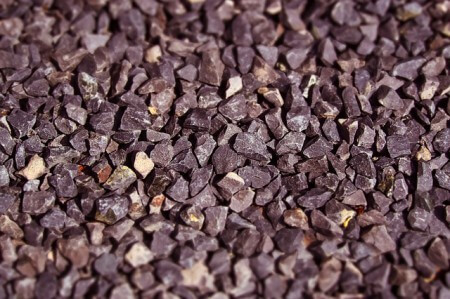13 Types of Aggregates
The following 13 types of aggregates are classified according to their size, shape, unit weight and geological origin:

A. According To Geological Origin
According to the geological origin, aggregates are the following two types:
1. Natural Aggregate
- Examples of natural aggregate – Crushed Stone, Gravel etc.
2. Artificial Aggregate
- Examples of artificial aggregate – Broken brick, Blust furnace slag etc.
B. According To Size
According to size, aggregates are the following 4 types:
1. Fine Aggregate
It is the aggregate most of which passes through 4.75mm I.S sieve.
- Examples of fine aggregate- Natural sand, Crushed stone sand, Crushed gravel sand.
2. Coarse Aggregate
It is the aggregate most of which retained on the 4.75mm I.S sieve.
- Example of coarse aggregate – Crushed stone or gravel.
3. All-in-aggregate
Combination of coarse & fine aggregates available in nature.
4. Single Size Aggregate
Comprising particles falling within a narrow limit of size.
C. According To Shape
- Round Aggregate.
- Irregular Aggregate.
- Angular Aggregate.
- Flaky & Elongated Aggregate.
D. According To Unit Weight
1. Normal-Weight Aggregate
Sp. Gravity 2.5 to 2.7
- Examples of normal-weight aggregate – Sand, Gravels, Crushed rocks etc.
2. Heavy-Weight Aggregate
Sp. Gravity 2.8 to 2.9
- Examples of heavy-weight aggregate – Magnetite(Fe3O4), Barytes(BaSO4).
3. Light-Weight Aggregate
Sp. Gravity 1.0 to 1.2
- Examples of light-weight aggregate – Sintered fly ash aggregate, expanded shale etc.
Read Also:
Functions Of Fine & Coarse Aggregate in Concrete
Requirements or Characteristics Of A Good Fine & Coarse Aggregates